

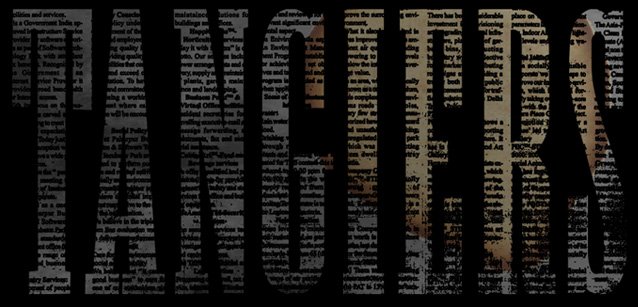
What happens when ardent fans of Thief, Splinter Cell, Naked Lunch and the work of J.G. Ballard get together and make a game? An incredible-looking, noir-esque stealth game called Tangiers, apparently.
This beautiful and ambitious looking game is currently in the middle of a £35,000 Kickstarter campaign, and fortunately it’s already over half way to meeting its goal. With just 15 days left in their campaign, though, they’re going to need plenty of further contributions in order to make it to the finish line in time.
Andalusian, the two-man development house responsible for Tangiers, has a bit of a unique challenge ahead of them in trying to meet their funding goal; unlike many of the games that fund themselves via Kickstarter, Tangiers is not a throwback to a well-established genre, or a game that is following in the footsteps of a beloved franchise. It’s not a point-and-click adventure, or an isometric RPG, or a member of any of the niche genres that have found a welcoming home on Kickstarter. Tangiers is really unlike anything that comes before it, and with that comes the challenge of trying to explain it to people in a way that gets to the bottom of what exactly this game is.
At its heart, the core gameplay of Tangiers is similar in many ways to that of the original Thief games – you must accomplish your objective either by sneakily infiltrating an area, murdering everyone in your path, or some inventive mix of the two. Where Tangiers very much diverges from the Thief formula is in its aesthetics, however. It’s an incredibly unique-looking experiment in surrealism, inspired by a far-flung array of literary and artistic works.
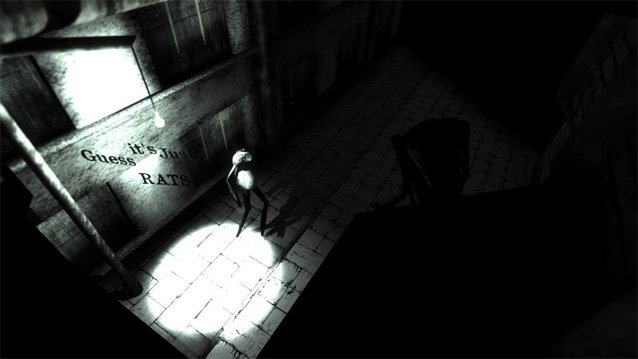
I recently had the opportunity to chat with Alex Harvey, one of the two British designers who together form Andalusian. When asked about the diverse influences present in the game’s makeup, which include the likes of William S. Burroughs, J.G. Ballard, Antonin Artaud, and English music group Throbbing Gristle, he had this to say:
From an artistic perspective, we're looking at a lot of what the different artists [who inspire us] were trying to achieve, what their motivations were - their ethos - and then running parallel to that with our own drive.
While disparate, there's a lot of overlap between these different artists - from Burroughs’s side, there’s the confrontation and focus on texture that goes into Dada and the early Industrial movement, which then shares some territory with Ballard on a broad, sociological level. Those are the sort of things that we're incorporating into our approach on a macro level with narrative, world building, and atmosphere, and on a micro level with distorting conventional player interactions.
This was motivated by the move into making Tangiers a stealth game - the more intimate focus, the vulnerability, was a perfect channel for that field of expression.
Bringing this sort of diversity of vision together into a single, cohesive work of art is an ambitious task, and from the looks of it the Tangiers team is well on their way to pulling it off in spectacular fashion.
Harvey and co. are not content to make a game that is purely about the visuals, resting upon a conventional gameplay structure, either. Tangiers promises to include some unique and clever gameplay mechanics, such as the way the words of other characters in the world can physically manifest themselves in the environment, and be used by the player for all manner of things.
Alex describes the word-based mechanics as such:
Well, the "words mechanic" has two uses. The first one is the most straight-forward: placing the words back into the world. Throwing them as a brief distraction, laying them more specifically as a lure or - in the case of words such as "he's by the bridge" - being used to directly mislead enemies. There's the possibility that being careless with the words can foster a sense of paranoia amongst the world's characters, ie. if the enemy doesn't expect someone to talk to them, or if there isn't actually a bridge.
The other use is a sort of wildcard, a one-shot ability with more specific language. It's turning the words into reality - so if someone says "Care for a smoke?" you can turn that sentence into a smoke screen of letters. "Guess it's just rats" would bring a swarm of the rodents into the world for a brief time.
Some of these won't occur all too frequently, they're more of a "get out of jail card" in difficult situations. They’ll be unpredictable, but powerful in the context of your standard abilities.
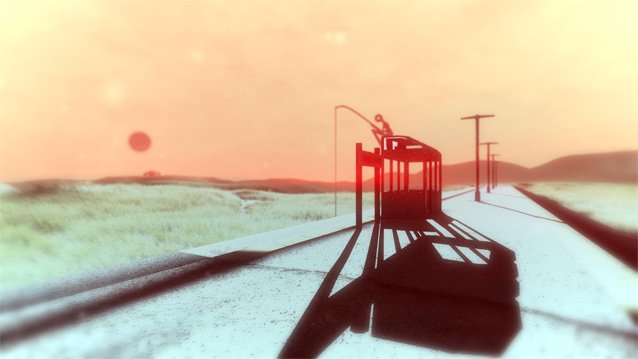
All of these words-as-tools can be obtained by “stealing” them when a character says them aloud, and act as physical items within the game’s world that the player must manually obtain.
The tone of the game, as seen in the fantastic trailer the team released back in June, has a dark, ambient feel to it, and feels very much akin to Ballard’s themes of dystopia and oppression. Harvey says this tone will carry over into how the game’s narrative is presented.
“We're trying to keep the different elements of the game consistent with each other - the story itself will be a very minimalist work,” he says. “Aside from a brief title card at the start of the game, we're going to be avoiding exposition entirely. The focus is less on story and more on narrative, and on crafting that out of texture - more emotive, aggressive fare.”
On top of the ambitious themes and aesthetics Tangiers is tackling, Harvey promises the scope of the finished game will be quite expansive as well. He estimates the main storyline will take between sixteen and twenty-five hours to complete, and the variety of ways in which objectives can be completed will lend the game a great deal of replay value.
Initially, Tangiers will be available on PC, Mac and Linux, and is slated for an August 2014 release. We expect that that release date may shift before Tangiers is finally complete, as indie game release dates tend to do, but chances are good we’ll see the finished game before the end of next year.
Harvey says that getting the game on Steam is a priority, though he expressed his concerns (which we share) about the current state of the Greenlight system. He also indicated that future console ports might be a possibility, though all of that depends on the success of their Kickstarter campaign, and on their subsequent sales figures once the game is released.
Tangiers is currently about £15,000 away from meeting their funding goal. I’ve personally contributed to the project, and wholeheartedly recommend doing so to any other fans of old-school stealth games like the early Thief and Splinter Cell titles. One gets the feeling that Tangiers is something truly unique and special, and I wish the team at Andalusian the best of luck with the rest of their funding campaign.
Mitch Bowman is a features contributor at Gameranx. You can follow him on Twitter at @Niyeaux, and find more of his writing on his personal site.




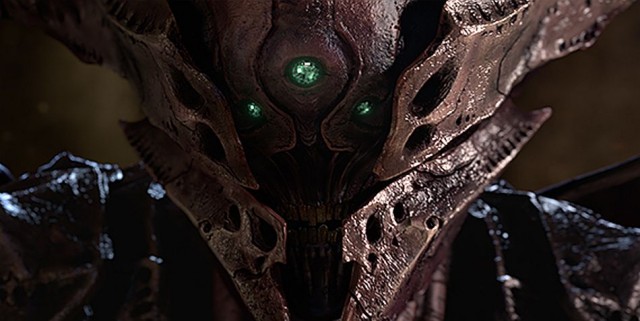 Destiny: The Taken King All Calcified Fragments Location Guide
Destiny: The Taken King All Calcified Fragments Location Guide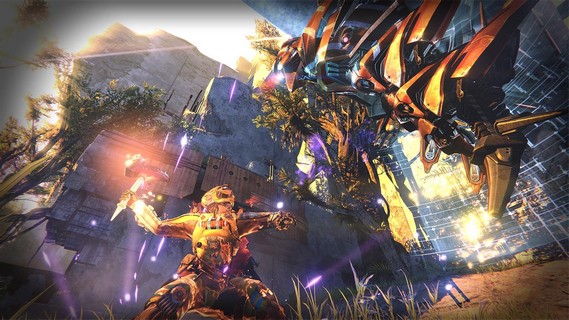 Destiny: The Taken King Guide On Where To Find Gnashing Teeth Chest and Key To Unlock It
Destiny: The Taken King Guide On Where To Find Gnashing Teeth Chest and Key To Unlock It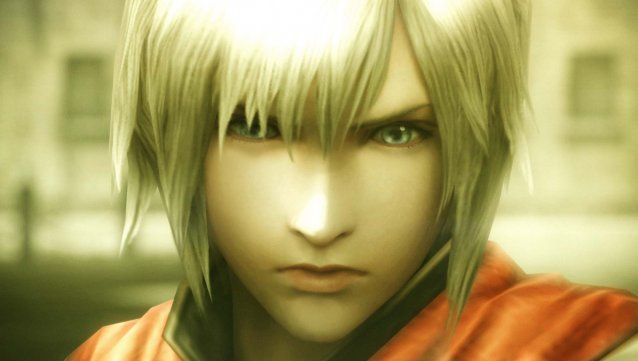 8 Things We Know About Final Fantasy Type-0 HD
8 Things We Know About Final Fantasy Type-0 HD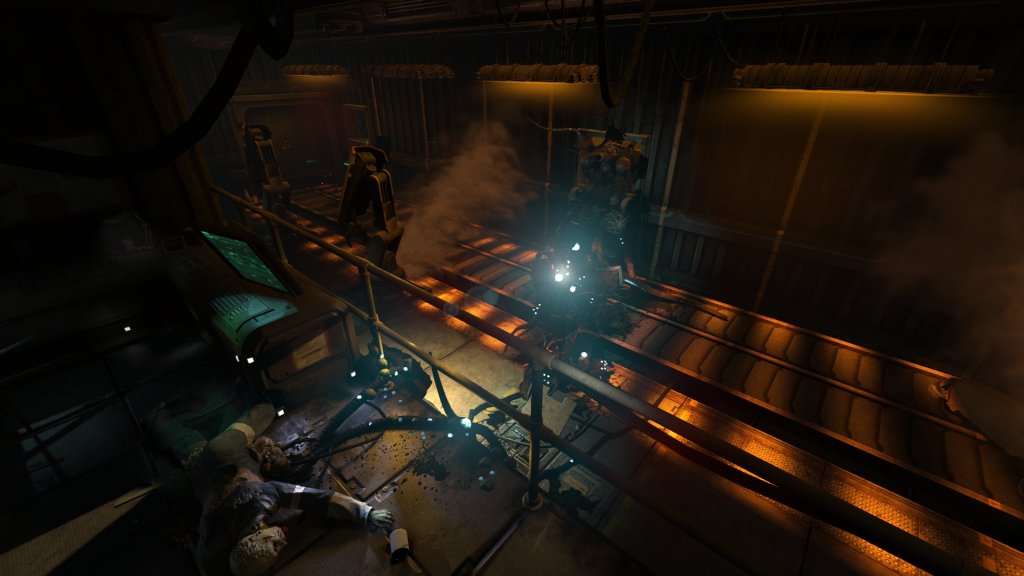 SOMA Tweaks: How to Remove FPS Cap Limits, Increase FOV & Improve Your Game
SOMA Tweaks: How to Remove FPS Cap Limits, Increase FOV & Improve Your Game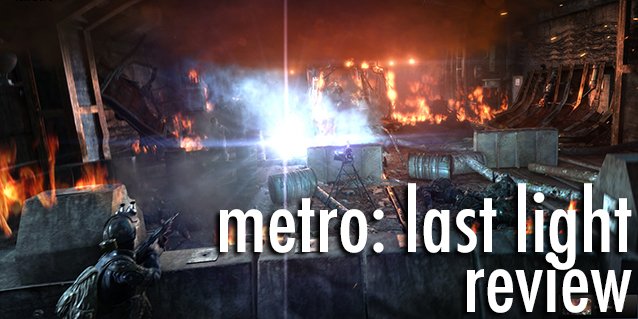 Metro: Last Light Review
Metro: Last Light Review